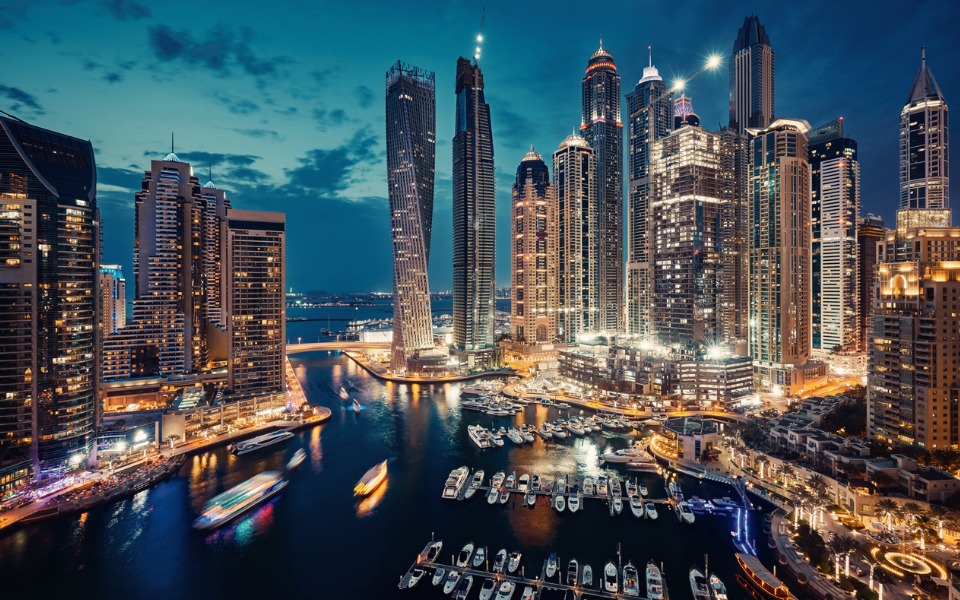
Gujarat to go the Dubai way, build skyscrapers
Top cities in Gujarat may soon have sky-high buildings that can match the likes of Petronas Towers of Kuala Lampur and Burj Khalifa of Dubai.

Top cities in Gujarat may soon have sky-high buildings that can match the likes of Petronas Towers of Kuala Lampur and Burj Khalifa of Dubai.
The Gujarat government’s “tall building policy” has a provision for buildings to have 70+ floors. Presently, buildings in Gujarat cannot have more than 23 floors.
The urban development department has invited objections to the draft in the next 60 days. The policy will allow high-rise buildings which are over 100 metres in height in Ahmedabad, Surat, Rajkot, Vadodara, and Gandhinagar. The policy will be applicable to areas controlled by urban development authorities in the five cities.
The idea of having skyscrapers in Gujarat is not new. In 2019, at a CREDAI event, Chief Minister Vijay Rupani had first announced his government’s intention to build skyscrapers like those in Singapore and Dubai.
Know the requirements to build a skyscraper
According to the tall building policy draft, the base area should have an Floor Space Index (FSI) of 1.2 and above and the builders need to pay for additional FSI which will be 50 per cent of the existing jantri for non-agricultural land.
FSI, which is also known as Floor Area Ratio (FAR) refers to the ratio between the area of a covered floor (Built-up Area) to the area of that plot (land) on which a building stands. The numerical value indicates the total amount of area (on all floors) people can build on a plot.
The minimum plot size required is 2,500 square metres for buildings that range from 100-150 metres. For buildings with a height of over 150 metres, the minimum plot size will be 3,500 square metres.
The policy will allow an FSI of up to 5.4 and if the plot is near a road of 30 metres or more, sky is the limit.
Fire safety concerns
Experts from Mumbai and Noida have studied Gujarat’s policy document and suggested ways to address concerns about fire accidents in such tall buildings. “Buildings over 100 metres do not depend on external fire fighting support. It is all internally managed,” an official said.
Earthquake-resistant?
Cities like Ahmedabad and Gandhinagar lie in seismically active zones and the safety of such tall buildings can be jeoparadised by earthquakes. The government says a special technical committee will be appointed with experts from different fields to approve the projects. Several processes, including a vent tunnel test and disaster management plan, will be executed, similar to what is being done in Mumbai.
The Gujarat branch of CREDAI has welcomed the draft policy for tall buildings. A section of builders, however, think that adding more floors will increase construction costs. The state government thinks otherwise.
Notably, Gujarat’s Bhuj area had suffered a devastative earthquake in 2001, which killed thousands of people and left many more homeless.

